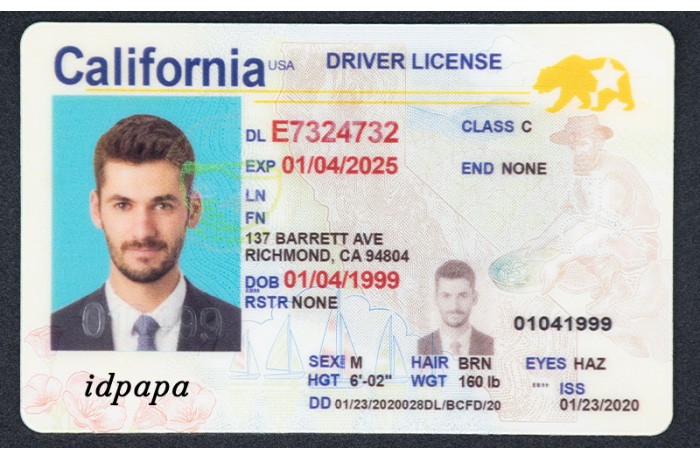Reddit Deep Dive Fake Scannable IDs {
Wiki Article

Ever thought about the world of fake scannable IDs? Reddit's hidden forums can be a strange place, and sometimes you find information about these ID cards that are amazing.
Recently, there's been a lot of talk about copyright on Reddit. People post accounts about getting busted with copyright, the rates they demand, and even techniques they use to create them.
It's a curious look into a world that's bothlegal and risky. Just remember, while it's entertaining to learn about this stuff, it's important to be careful in any illegal activity.
Want a copyright? (Scannable Edition)
Yo, UK lads and gals , lookin' to score some drinks? The age game is brutal, but we got your solution. Grab your burner phone, 'cause we're about to break down how to get a scannable copyright that'll fool those blokes .
- First things first: You gotta locate a top-notch maker. Skip the dodgy lads on Craigslist , they're more likely to scam you . Word of mouth is your only hope here.
- Legitness matters. Don't be a cheapskate, invest in a copyright that looks legit AF . We're talkin' security threads, the whole nine yards .
- Don't draw attention . Once you got that sweet scannable ID, use it wisely. Don't brag .
Remember, this is just for info purposes only. Don't get caught . Stay safe out there.
Dissecting the Secrets of Scannable copyright
The sphere of copyright identification is constantly evolving, with criminals always one step ahead. But even as technology advances, there are fundamental principles behind how these forged documents fool scanners. These "scannable" copyright often leverage subtle layout that can bypass basic security checks. It's a complex dance between the cleverness of the counterfeiters and the safeguards implemented by institutions.
- A key aspect is often the use of premium paper that mimics the texture and signature of genuine IDs.
- Moreover, counterfeiters may incorporate microprinting or other hidden details that appear under particular lighting conditions.
- In addition, some copyright utilize reflective elements that can mimic the legitimacy of real security features.
Understanding these tactics is crucial for investigators to stay one step ahead in the fight against counterfeiting. As technology continues to evolve, so too will the methods used to create and uncover copyright.
The Tech Behind the Deception: Building a Scannable copyrightConstructing
Creating a scannable copyright is a complex feat requiring a blend of technological know-how and artistic skill. The process involves manipulating design elements to mimic authentic features while incorporating hidden signals detectable by specialized scanning equipment. The most common method utilizes watermarks that are not readily visible to the naked eye, but can be decrypted by scanners used in official identification verification systems.
Another approach involves embedding microchips containing fraudulent data. These chips are microscopic and can be inserted into the ID's material, bypassing traditional visual inspection. However, this method is more complex to execute due to the accuracy required in chip positioning.
- Creating a scannable copyright demands a deep understanding of both design and technology.
- Conquering this deception requires meticulous attention to detail and the ability to conceal vital information within seemingly harmless elements.
- The constant progression of scanning technology necessitates a continuous modification in methods used to create convincing copyright.
Scanning Secrets: The Science of copyright
Crafting a copyright is a meticulous process needing a keen eye for detail and knowledge of security features. From the feel of the cardstock to the intricacy of the printing, each element plays a role in tricking scanners. Fraudsters utilize advanced techniques like microprinting, holograms, and UV paints to mimic genuine IDs with astonishing detail. But these efforts are constantly being met by countermeasures implemented by security officials and the development of increasingly powerful scanning technologies.
At its core, the battle between copyright and their detection rests on a constant cycle of innovation and counter-innovation, pushing both sides to evolve.
DIY copyright?: Crafting Your ID Scannable at Home
Yo, so you wanna ditch the age restrictions? Thinkin' about snagging yourself a copyright that actually scans? Listen up, 'cause I'm gonna lay out premium scannable fake ids how to crank one of these bad boys at home. First things first, you gotta get your hands on some clean ID templates. These are crucial for making your copyright look legit. Once you got those, it's time to pack 'em with the data. Think about it like this: you gotta convince that scanner machine that your ID is the real deal. So, make sure all the stuff is spot on.
Once that's all sorted out, you can start copying the info onto the ID template. This part is kinda tricky, so don't rush it. You gotta be accurate. Finally, you need to make your copyright look authentic. Use a good quality printer, and consider adding some tiny details to make it appear real.
Report this wiki page